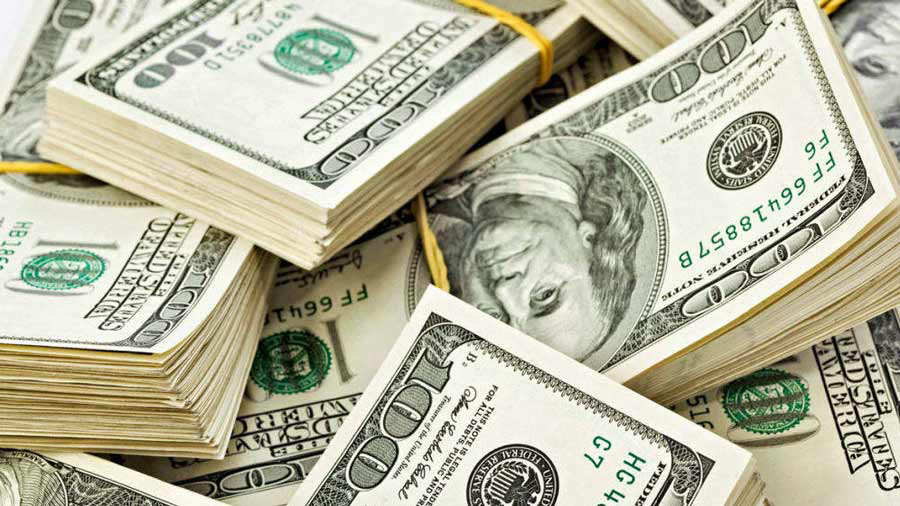
On January 1, 2001, the dollar became official as the local currency. Twenty years later, it continues to give advantages to the national economy.
On January 1, 2001, dollarization officially began in El Salvador. After intense political debate about its advantages and disadvantages in the Salvadoran economy, trade began circulating the first greenbacks at the official exchange rate of one dollar for 8.75 colon.
Although initially the country handled a “bimonetarismo” during the first months, the preference for the American currency spread quickly and the demand of the colonists was eliminated little by little.
Twenty years later, the dollar has become the main currency of exchange in the country and although the FMLN government intended to eliminate it, its advantages have weighed more heavily than the longing for the currency. local.
You may be interested in: Bitcoin exceeds $ 30,000 for the first time in its history
These are some of the main advantages of dollarization, according to Manuel Enrique Hinds, who is known as the father of dollarization for being the one who promoted this economic change.
1. Low inflation. With the advent of the dollar, inflation in El Salvador is now one of the lowest in Latin America. This means that variation in prices to the consumer remains stable. In countries like Venezuela, with its own currency, inflation has risen to 300% due to the devaluation of its currency. In El Salvador, the latest data from the Central Reserve Bank show that inflation has remained below 1%. In November inflation was negative: -0.2%.
When dollarization was implemented, traders rounded up when they translated settler prices into dollars. But despite the rounding, which was a temporary phenomenon, inflation this year was only 3.8%.
2. Lower interest rates. The interest rate on loans is lower in dollarized countries and does not increase when the dollar devalues. Prior to dollarization, interest rates on loans such as mortgages hovered between 15, 20 and up to 30%. With the advent of the dollar, these fell to the level of the dollar and housing loans fell to 9% and up to 7%. In addition, dollarized interest rates are more stable.
3. Stable long-term loans. Dollarization allowed banks to lend long-term in the currency in which wages and prices are denominated. Before dollarization, there were medium- and long-term loans but, as in other countries, they were denominated in dollars, which generated a very serious exchange rate risk. If the settler devalued, the sum in colonies of dollar loans would increase proportionately, threatening serious losses to borrowers and the banks themselves. With dollarization borrowers can take long-term loans without exposing themselves to this risk.
Read more: Tourism receives $ 1 billion less by 2020
4. Market segmentation disappeared. Before dollarization, small and middle-class businesses had to borrow in colonies while those with dollar collateral could borrow in that currency at lower costs. Dollarization helps level competition between companies of various sizes.
5. Politicians cannot use the currency at their convenience. Dollarization deprived politicians of the power to inflate the economy by printing money, thus institutionalizing a low rate of inflation and giving investors confidence that their profits and capital would not they would be devalued.
6. It has encouraged exports. There is the idea that dollarized countries have trouble growing their exports because they cannot devalue their currency. In fact, dollarization has boosted exports because it reduces interest and the cost of capital. This, plus the assurance that there will be no populist manipulations of the currency, has strengthened the attractiveness of investing in the country.
El Salvador has not devalued since 1992 and yet its exports have grown more than those of most of Latin America since that date.
7. Better response to crises. Dollarized countries are said to be at a disadvantage because their central bank cannot issue currency to counter a crisis. The truth is that non-dollarized countries cannot issue currency without losing dollar reserves. In crises everyone needs dollars, dollarized and non-dollarized, so the latter are not at a disadvantage. In return, dollarization reduces the risk of capital flight by eliminating the fear of devaluations, which further erodes reserves.